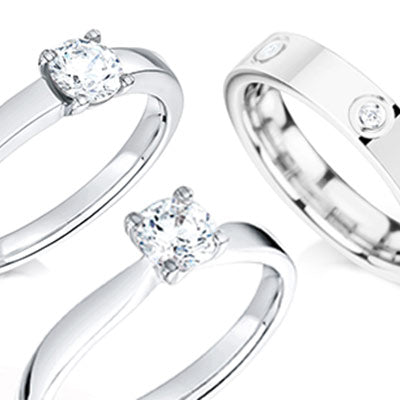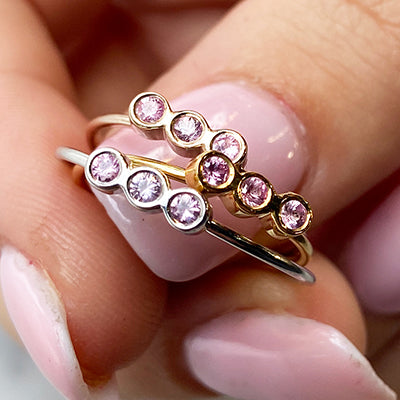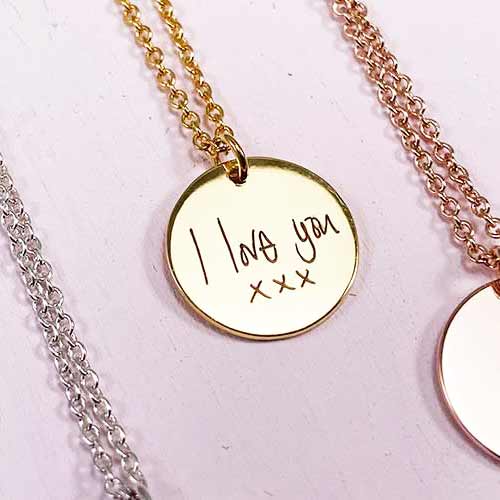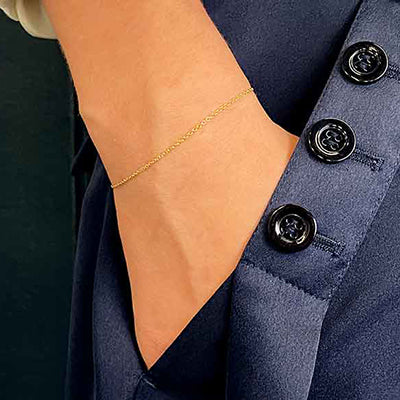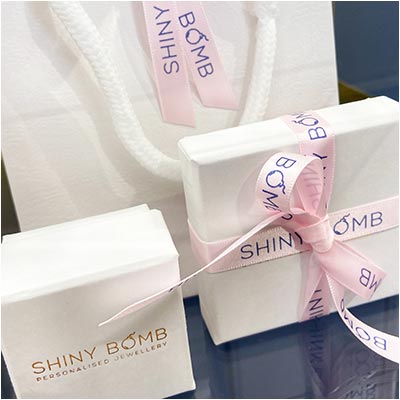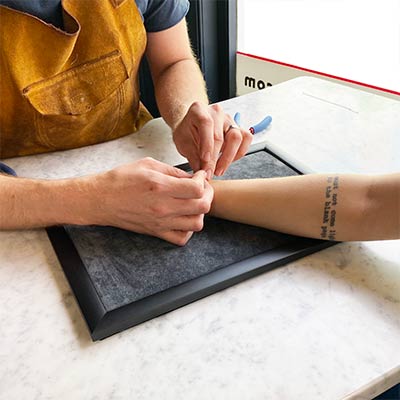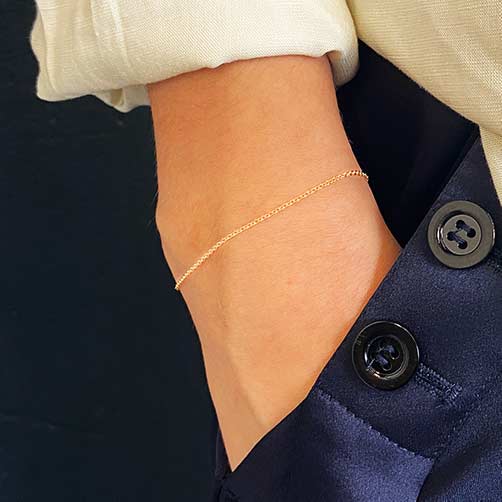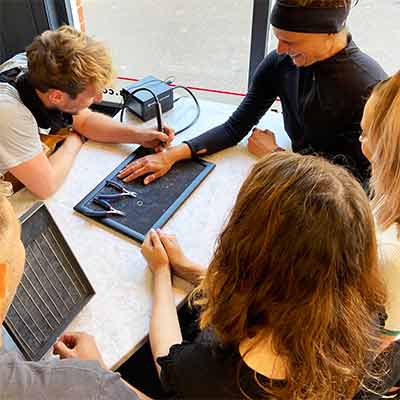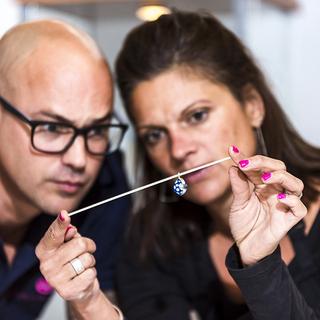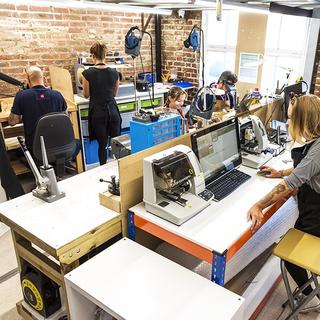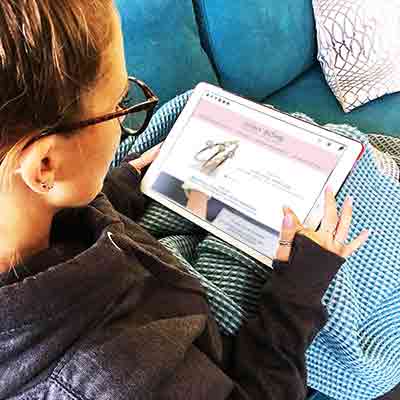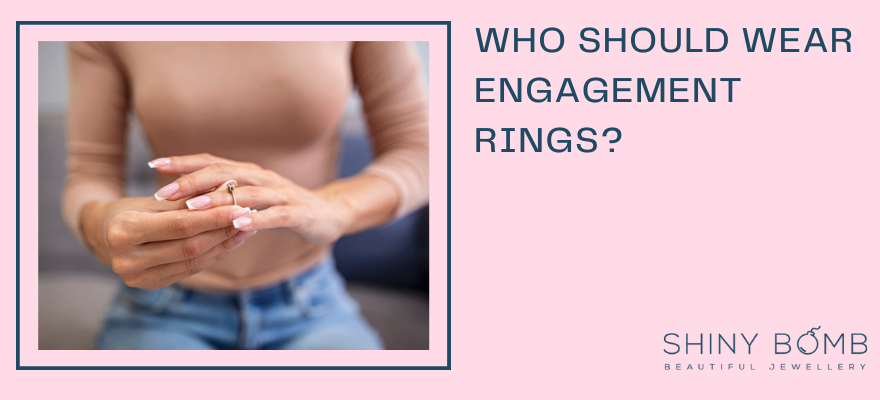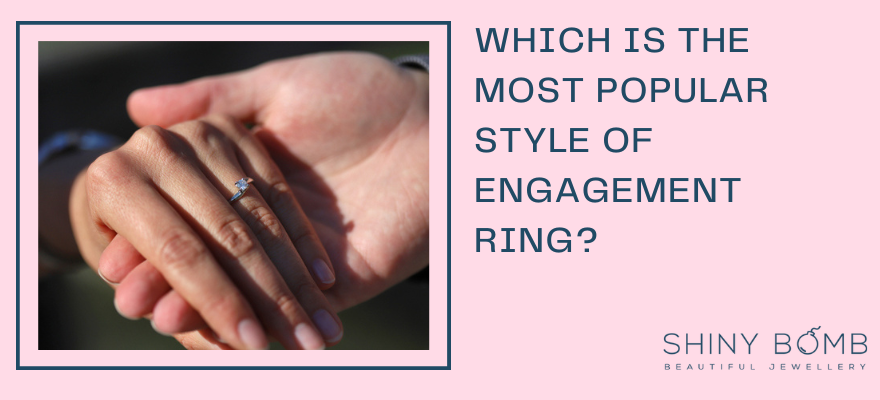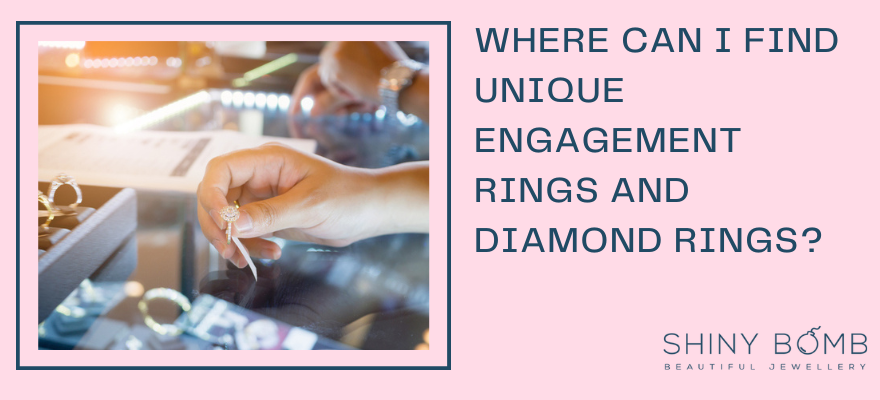
If you love the look of diamonds but are concerned about the ethical implications of wearing them, you’re not alone. As more and more people learn about the horrors of the diamond trade and how diamonds are used to fund wars, many are looking for a more ethical choice.
The good news is that you don’t have to avoid diamonds forever. The introduction of lab-grown diamonds offers a way for you to enjoy a bit of sparkle without the associated guilt.
Lab grown diamonds offer a sustainable, ethical and affordable alternative to mined diamonds that has been gaining popularity over the last few years.
In this blog post, we'll explore what exactly these 'fake' or cultured diamonds are, their pros and cons compared to natural mined diamonds ,and ultimately whether they fit in with your lifestyle.

Introducing lab grown diamonds: what they are and how they differ from natural diamonds?
Lab grown diamonds are structurally identical to their mined counterparts. They look the same, sparkle the same and have the same value. The only difference is that they are grown in a lab under strict conditions instead of being mined from the Earth.
The diamonds we dig up today were formed millions of years ago, but a lab-grown diamond could be created the week before you start proudly wearing it.
Lab grown diamonds are created using either high pressure and heat or a chemical vapour deposition process – both of which allow diamond engineers to replicate the conditions in which natural diamonds are formed.
In many ways, lab-grown diamonds are superior as we can control the conditions under which they are created. This means there are far fewer inclusions, which occur when impurities are present when they are formed. Lab-grown diamonds also often have a better colour, as we can also control the material used to form the diamond, which will influence the resulting colour.
And while they have many of the same properties, such as their various cuts and clarity ratings, lab grown diamonds tend to be more affordable than traditional mined stones.
So if you’re looking for something that sparkles like a show-stopping natural diamond but lacks the hefty price tag, lab grown or ‘cultured’ diamonds may be an excellent choice.

How to tell the difference between a lab grown diamond and a real diamond
It would be impossible for anyone to tell the difference between a lab-grown diamond and mined diamond just by looking at it. Even an experienced gemologist would struggle to achieve this without specialist tools.
Even when using a jeweller's loupe, it would be very difficult to spot if a diamond is real or lab-grown. This is simply because lab grown diamonds show many of the same qualities as a mined diamond, so they look very authentic. And for the sake of balance, they are authentic diamonds, we’ve just learned how to speed up the production process and control all of the variables.
It would take specialist tools and knowledge to be able to identify a lab-grown diamond and tell it apart from a mined diamond.

Pros of lab-grown diamonds
When it comes to diamonds, nothing quite beats the glitter and sparkle of lab-grown alternatives. Not only are they more sustainable because they don't involve mining, but they offer all of the beauty of a traditional diamond without breaking the bank.
These cultured diamonds have identical physical and chemical properties to those found in nature, so you get all the positivity associated with diamond jewellery without sacrificing your values or budget.
Additionally, lab grown diamonds can easily be sourced ethically, making them a great choice for those who prioritise ethical manufacturing or habitat preservation. For people looking for an engaging statement piece to add sparkle to their wardrobe, lab-grown diamonds are the perfect choice.

Cons of lab-grown diamonds
Purchasing diamonds is an exciting and significant milestone, but there are pros and cons to consider when it comes to lab grown diamonds. While they may be more affordable than natural diamonds, lab-grown diamonds are not considered real gems having gone through the earth's natural formation process.
Some people believe the value of a diamond comes from its scarcity and the uniqueness of each gem. For those people, they are unlikely to be won over by a diamond. In this instance, you might be better shopping for a vintage diamond, but even then you cannot guarantee its history.
When deciding between a lab created or a genuine diamond, it is important to evaluate both options carefully – factoring in cost, size, and quality – before making an informed decision that satisfies your preferences and budget.

Do lab-grown diamonds make good engagement rings?
This all depends on who will be wearing it. While some people would prefer a lab-grown diamond, there are some individuals that would see this as a “cheap” choice. If someone believes in the magic of mined diamonds, they are unlikely to be convinced by the cost-effectiveness of a lab-grown diamond.
Some people aren’t concerned about the ethical implications, and only a mined diamond will be sufficient for their engagement ring. You could always lie about the origins, but if there is a chance they would be offended to learn their diamond is lab-grown and not mined, this could cause problems down the line.
In this case, it might be better to be upfront about the origins of the diamond and state your case for choosing it. And remind them that no one would ever need to know it’s a lab-grown diamond.

Price comparisons - how do lab-grown diamonds compare to natural ones?
For those of you looking for an impressive diamond purchase, but wanting it to be more cost-effective, lab grown diamonds are a great option. Although not so long ago, the price range for both natural and lab grown diamonds typically could vary from hundreds for a smaller stone to tens of thousands for a larger stone.
Lab grown diamonds tend to cost around 20-30% less than their natural counterparts, leaving room in your budget for other special additions to your look or jewellery collection. As technology continues to improve, the availability and pricing of these gemstones will continue to become more attainable.
Lab grown diamonds are graded and certified by the GIA, but they will be marked as “synthetic”. This means that it will be evident if you decide to sell your diamond. The bad news is that lab grown diamonds tend not to hold their value as much as mined diamonds. Most jewellers won’t buy lab-grown diamonds, but there may be demand for lab-grown diamonds in some markets.

Tips for shopping for lab-grown diamonds
Choosing a ring with lab grown diamonds is an increasingly popular way to own a quality piece of jewellery without breaking the bank. However, since these diamonds are still relatively new, you must be sure to consider the quality and certification of your diamond before buying. It would be all too easy to fall for scams.
It is important to buy from only reputable retailers that specialise in selling lab grown diamonds so you can trust the authenticity of your stone. Research online reviews or ask friends, family and colleagues if they can offer any hints on where to shop for a certified diamond.
Also make sure that your gem comes with a IGI certificate that will guarantee your stone's authenticity. With the right care and research, buying a lab grown diamond will ensure many years of joy with your purchase.

How do you care for lab-grown diamonds?
Lab grown diamonds are the perfect accessory for those who want a brilliant sparkle without breaking the bank. Yet just like naturally mined diamonds, lab-grown diamonds still require a small amount of care from their owner if they are to retain their breathtaking shine.
Fortunately, caring for them is quite straightforward and not at all difficult. In fact, you look after them in exactly the same way as a mined diamond. This includes wiping them down occasionally with a slightly damp cloth to remove any oil buildup from the surface of the diamond. This will keep your lovely lab-grown diamond jewellery looking just as wonderful as when they first came out of the box. Other than that, diamonds are low maintenance and can even by worn in the shower or swimming pool as water and chemicals won’t cause damage.
Closing thoughts
In conclusion, lab-grown diamonds have grown in popularity for their more ethical and environmentally friendly production methods. With this being said, it is still important to understand the differences between lab-grown diamonds and natural diamonds, as well as the pros and cons of each.
It is also important to be aware of the potential price differences between lab-grown diamonds and natural ones. Also consider quality and certification when shopping for a lab-grown Diamond, and make sure to follow the care instructions carefully upon purchasing one. If done correctly, with careful consideration of all factors involved, you can make an informed decision that you won't regret.

